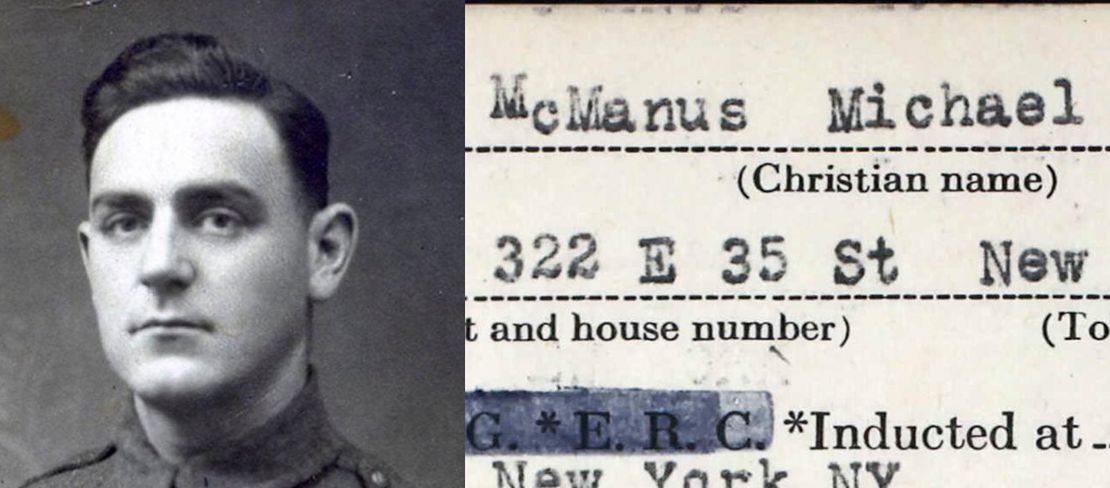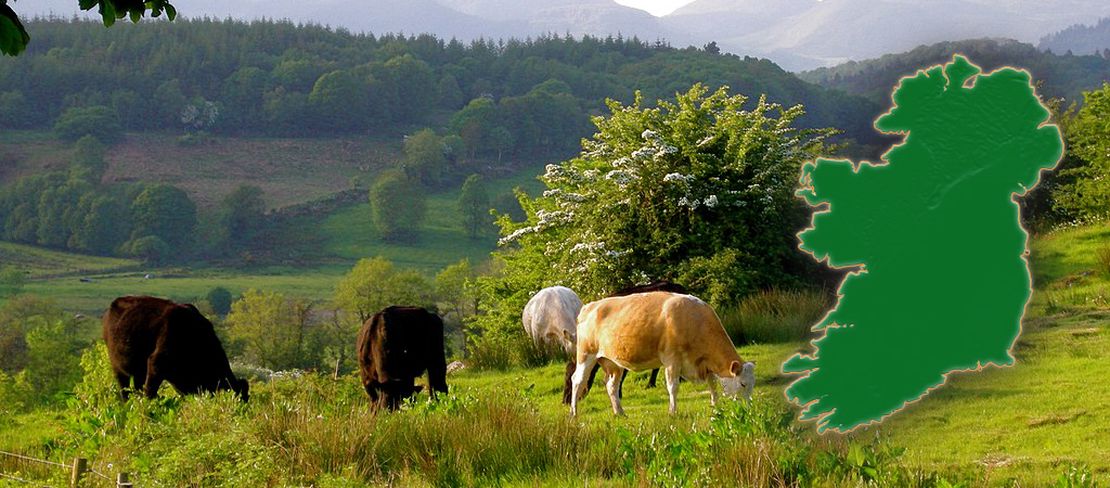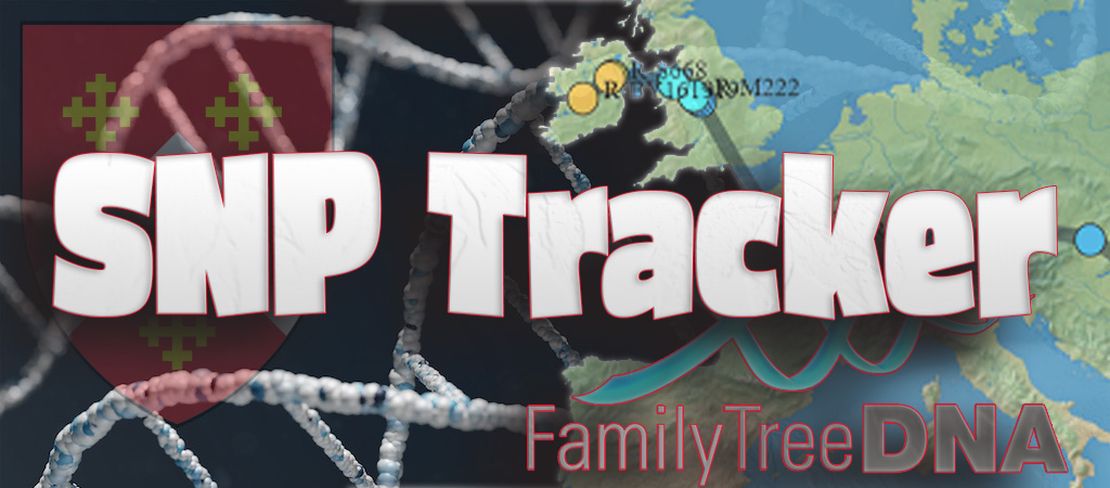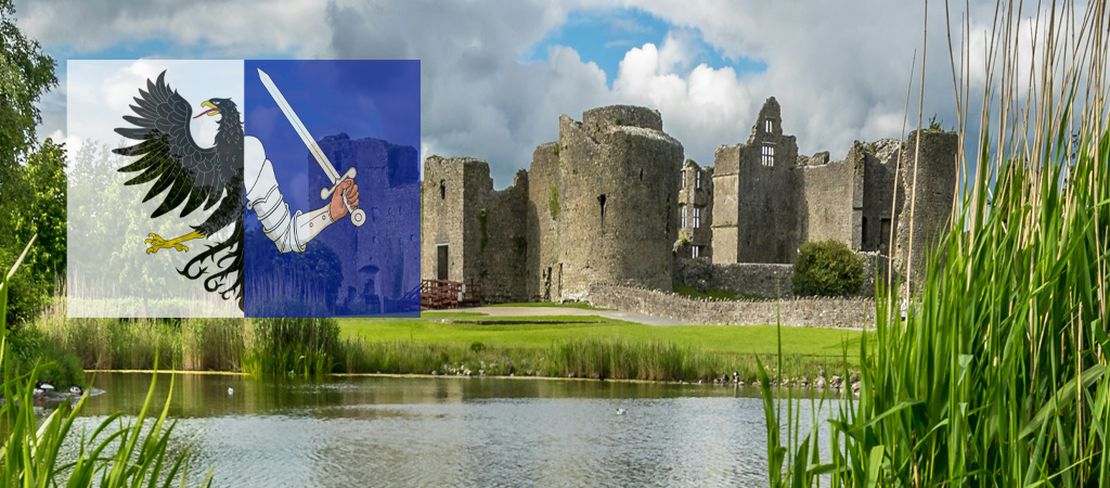
Maghnus Ua Conchobair, Prince of Connacht
- Kevin McManus
- Connections
- November 26, 2021
Table of Contents
Maghnus, one of the two principal septs of the name in Ireland:
Descends from Maghnus Ua Conchobair, Prince of Connacht, (d. 1181), the son of Turlough Mór O’Conor, High King of Ireland (1119–1156 this branch belonged to Kilronan in the county of Roscommon in the province of Connacht.
Crich Coirpre
Maghnus and his brother, Brian Luighnech Ua Conchobhair, were killed at the battle of Crich Coirpre in County Sligo by King Flaithbertaigh of Tyrconnell. The battle occurred “on the Saturday before Whitsuntide”, “Sixteen of the sons of the lords and chieftains of Connacht were slain by the Kinel Connell, as well as many others, both of the nobles and the plebeians”.
As a result of this battle, “They (the Cenel Conaill) held the Connacians under subjection for a long time.” Among the notable dead were two sons of Aed Ua Conchobair, Aed mac Conchobair Ua Cellaigh, Gilla Crist Ua Roduibh, Eachmarchach Ua Murray, a son of Mortough Ua Conchobair, “three of the O’Mulrenins; the two Mac Gillaboys; and Hugh, son of Hugh, who was the son of Roderic, together with many others of the nobility”.
Brian Luighneach’s son, Donogh, was also killed.
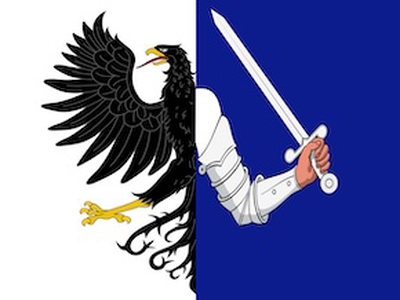
Cenél Conaill
The Cenél Conaill, or “kindred of Conall”, are a branch of the Northern Uí Néill, who claim descent from Conall Gulban, son of Niall of the Nine Hostages, and allegedly the first Irish nobleman to convert to Christianity.
Maghnus’s Children and descendants
Maghnus’s descendants were known as the Clann Maghnusa (LNG, pp. 398–99), which Jaski identifies as Mac Magnusa of Tir Tuathail (EIKS, p. 316). This would place them in County Roscommon. Today, people from the McManus, MacManus, McMannes, Mannus, Mannis and MacManners families trace their heritage back to the sons of Maghnus.
Magnus had the following known offspring:
- Muircheartach - alive 1230
- Diarmaid - His son Manus was killed in 1237. Another son, son Conchobair, was killed in 1279
- Domnall - A great-grandson, Teige, a man distinguished for his hospitality, was slain [in 1307) by Cathal, the son of Donnell, son of Teige O’Conor.
- Riocaird - In Leabhar na nGenealach, Dubhaltach MacFhirbhisigh states that a clann Riocaird is from Riocard s. Maghnus s. Toirdhealbhach Mor; from him it was first named, i.e., it was called Clann Riocaird, for it was by (?) and from that Clann Riocard that Meic Cathail Leithdheirg came. Riocaird does not appear in the annals.
Seanadh Mhic Mhaghnusa
The Fermanagh Family’s seat of power is identified as Seanadh Mhic Mhaghnusa, or Baile-Mhic-Mhaghnusa, in Lough Erne.
Ballymacmanus
This was the ancient name of an island situated in the upper Lough Erne between the baronies of Magherastephana and Clanawley. It is referred to as Ballymacmanus Island in various deeds and leases and by the natives of Clanawley who were, in the 1870’s, known to speak the Irish Language.
Belle Isle Island
The island received the fancy name ‘Belle Isle’ from its beauty.
Belle Isle Estate - Co. Fermanagh, Northern Ireland {.myclass class=“page-blockquote graylight” }
Southeran (1871:85) vividly summaries the confiscation of these estates as follows:
Nearly all the magnificent possessions of the MacManuses and Maguires were, it is well known most shamefully confiscated by the English government; as to their rightful proprietors, they, their numerous dependents and other native Irish inhabitants, were, as I have before stated, mercilessly driven out to beggary and starvation. {.myclass class=“page-blockquote graylight” }
But as Phillip McManus of the McManus Clan Association points out:
Not all McManuses were made beggarly by the dispossession of Ballymacmanus. We kept the fisheries, the property on Knockninny, etc. {.myclass class=“page-blockquote graylight” }
My branch, which went to Co Antrim, played the game and stayed in pretty good favor while remaining Catholic - don’t ask me how they escaped notice, it is just that the records support land holdings that had a lot of value. Maybe it was the alignment and support of O’Neill Clandeboye during the turbulent times. {.myclass class=“page-blockquote graylight” }
Tir-Tuathail
The Roscommon family were seated in the territory known as Tir-Tuathail which forms the north-eastern portion of the Barony of Boyle in North Roscommon. In contemporary times this area is identifiable with the Parish of Kilronan.
Maghnus Miogharan
These McManuses were descended from Maghnus Miogharan, died 1181, the ninth son of Turlough More O’Conor, monarch of all Ireland (The Book of Lecan: fol. 72, b, col.4).
Tir-Tuathail-Maoilgairbh
Tir-Tuathail gets its name from Tir-Tuathail-Maoilgairbh, i.e. ’the country of Tuathal Maelgarbh’ who was monarch of Ireland from the year 533 to 544 (O’Faherty’s Ogygia part 3 c93).
MacDermot of Moylurg
This territory was later subordinate to MacDermot of Moylurg. The pedigree of the McManuses of Tir-Tuathail has not been preserved beyond the eighteenth century (Southeran, 1871:73) and after their decay the land fell into the possession of MacDermot Roe who held it under MacDermot of Moylurg.
DNA Proof
Just how genealogically diverse, or otherwise, the name McManus may turn out to be, however, is likely to be established through DNA profiling. It will be interesting to see how the modern story unfolds.
